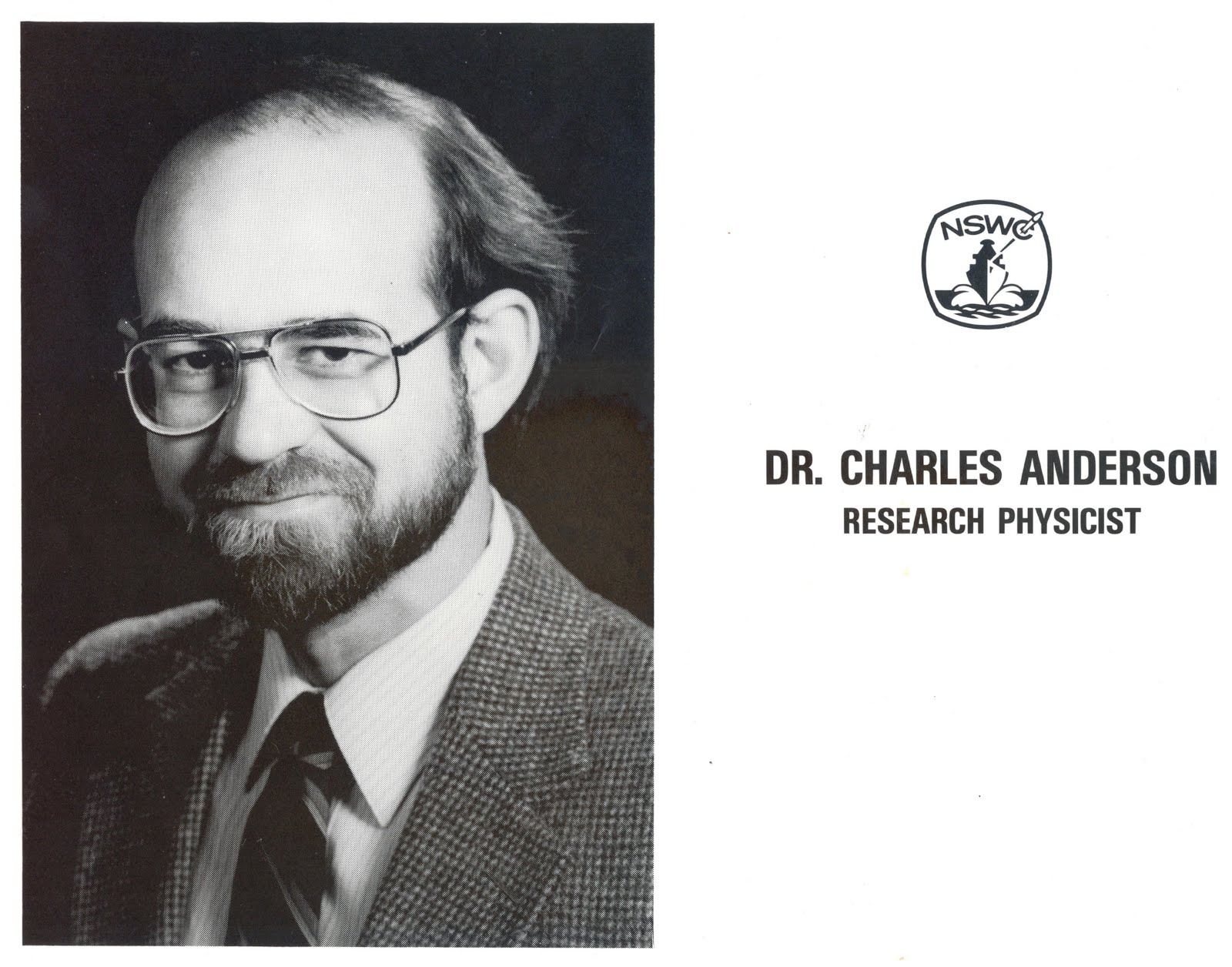04 April 2013
A Hypothetical Earth Atmosphere of Carbon Dioxide and Comments on Vertical Mixing
There is a
claim by some doubters of the catastrophic man-made global warming hypothesis
that because CO2 is a heavier molecule at 44.01 atomic mass units
(amu) than the mean mass of air at about 28.96 amu, carbon dioxide will settle into higher concentrations at low altitude and be much rarer at higher
altitudes than the lighter molecules making up nearly 100% of our atmosphere. In other words, it will not maintain the same ratio of number density to other air molecules as the altitude increases. I will show why this is a reasonable claim,
but I will also caution that there are powerful forces stirring the atmosphere
and we should not be surprised that the case for a molecule at less than 400
ppm concentration is very different than when it is 100% of the atmosphere.
In fact, the
vertical distribution of carbon dioxide is a very reasonable measurement to
make experimentally. The claim is that
the actual measurements show it to be well mixed vertically through the
troposphere. There is apparently a
slight decrease in relative density in the stratosphere, but that is thought to
be due to a slow diffusion rate through the tropopause in response to the
increase in carbon dioxide in the troposphere.
These are measurements I would expect atmospheric scientists to get
right, so I am inclined to accept that the forces mixing the heavy atmospheric
gases with the lighter atmospheric gases are highly effective. Note that water vapor is not so well-mixed, but this is due to its high transition temperature from the liquid to the gas phase.
Still, it is
interesting to look at some properties of a carbon dioxide atmosphere with a
few boundary conditions applied from our present atmosphere. Let us assume an average surface temperature of
14.5° = 287.65K, even though the solar insolation incident upon the Earth’s
surface would undoubtedly be different with a 100% carbon dioxide
atmosphere. The cooling mechanisms would
also be affected. Let us also assume
that the atmosphere has the same total number of molecules in it. Then we are going to ask how the sea level pressure,
the sea level number density of atmospheric molecules, and the temperature gradient
with increasing altitude change. We will ignore any effects due
to absorption of solar insolation in the carbon dioxide atmosphere as
well. By making these assumptions, I am
not implying that these are unimportant effects. I am not implying that my assumptions are
realistic. Nonetheless, we will see some
interesting properties of the hypothetical atmosphere.
At sea
level, the hypothetical carbon dioxide atmosphere will exert a pressure
(44.01)/(28.96) = 1.520 times that of the air atmosphere we now have, given the
same number of gas molecules. The U.S. Standard
Atmosphere says that sea level pressure is 1.01325 bar. In comparison, the carbon dioxide atmosphere will
have a sea level pressure of 1.540 bar or 1.54 x 105 N/m2.
Let us find
out what the number density of carbon dioxide molecules is at sea level. For a perfect or ideal gas, P = (2/3) (N/V)
, where P is the pressure, N is the
number of molecules, and V is the volume.
N/V is the number density of the molecules, which is what we want to
calculate.
To do that,
we need to calculate the mean kinetic energy of translation. Because the temperature is proportional to
the mean kinetic energy for a perfect gas, we can calculate the mean kinetic
energy knowing the gas temperature. So,
at sea level, the carbon dioxide gas was posited to have the present Earth
surface temperature of 287.65K.
Now, a
monatomic gas, such as the argon that makes up about 0.93% of our atmosphere,
has a temperature (T) to total kinetic energy (Et) relationship of Et
= (3/2) kT, where k is the Boltzmann Constant of 1.381 x 10-23
J/K. Nitrogen and oxygen molecules have
two rotational degrees of freedom in addition to the three translational
degrees of freedom, so Et = (5/2) kT. Molecules such as CO2 with 3 or
more atoms have 3 degrees of rotational freedom and a total kinetic energy to
temperature relationship given by Et = (6/2) kT = 3 kT. Consequently, carbon dioxide at sea level
with T = 287.65K has a total mean kinetic energy of 1.192 x 10-20
J. Half of this energy is in the
rotational modes and half is translational kinetic energy. Therefore, the mean translational kinetic
energy at sea level is 5.96 x 10-21 J.
Now, using
the pressure to mean translational kinetic energy relationship three paragraphs
up:
P = (2/3) (N/V)
1.54 x 105 N/m2
= (2/3) (N/V) (5.96 x10-21 J)
N/V = 3.876 x 1025/m3
The U.S.
Standard Atmosphere sea level molecular number density is only 2.547 x 1025,
so the carbon dioxide atmosphere has a number density 1.522 times greater
according to this calculation. The
number density increase factor is the same as the pressure increase factor.
Now, if this
perfect gas atmosphere of carbon dioxide has an increased number density of
molecules at sea level and the same total number of molecules in the
atmosphere, then the number density of such an atmosphere must decrease with
increasing altitude more rapidly than does the number density in our air
atmosphere. It is this fact that has
excited some who doubt the catastrophic man-made global warming hypothesis
based on man’s emissions of carbon dioxide. They believe there ought to be a much lower ratio of carbon dioxide to the other gases in the atmosphere at higher altitudes in the troposphere.
However, in
our present atmosphere, the frequency of molecular collisions at sea level is
6.92 x 109/s and at 10 km altitude it is still 2.06 x 109/s. At sea level, the mean free path length
between collisions is only 66 nm. At 10
km altitude, the mean free path is 197 nm.
In other words, the almost 100% of other molecules are slamming into the
carbon dioxide molecules constantly and apparently do a very good job of
stirring them into the mix of the dominant gases. Carbon dioxide molecules apparently do not have the opportunity to settle out to lower altitudes as a result.
Before we
leave our hypothetical carbon dioxide atmosphere, it is interesting to
calculate the static temperature gradient in the atmosphere with increasing
altitude. We have for altitude h:
Et, h=0 = Et ,
h=10000m + mgh
3 kTh=0 = 3 kT h=10000m
+ mgh
1.192 x 10-20 = 3 kT h=10000m
+ (44.01 amu)(1.660 x 10-27 kg/amu)(9.776 m/s2)(10000 m)
T h=10000m = 115.33K at 10,000m altitude
This is a
much lower temperature than we have in the case of the perfect gas and static
and dry U.S. Standard Atmosphere of 223.25K.
This hypothetical carbon dioxide atmosphere would have a cooling
temperature gradient of -17.23K/thousand meters, instead of the U.S. Standard
Atmosphere temperature gradient of -6.49K/thousand meters. Of course this much greater temperature
gradient ignores solar radiation absorbed by the carbon dioxide directly and
was based on the unlikely condition that the Earth surface temperature would be
unchanged. Still, this is an interesting
property of an atmosphere with a very heavy carbon dioxide concentration. It
is a consequence of its greater mass, its added rotational degree of kinetic
energy freedom, and Conservation of Energy in the Earth's gravitational field.
Subscribe to:
Post Comments (Atom)































































No comments:
Post a Comment